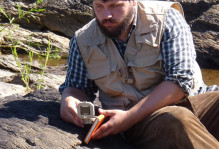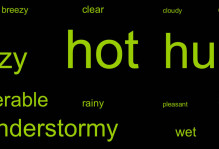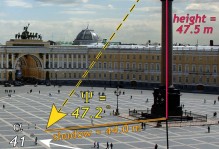The Final Frontier

Messenger spacecraft view of Mercury (image from NASA/Johns Hopkins University Applied Physics Laboratory/Carnegie Institution of Washington)
Space the final frontier. It’s the classic opening line from the original Star Trek television series and is an underlying theme for the Planetary Geology course I am teaching this semester. This second level geology class considers the interiors, surfaces, and atmospheres of planets and moons in our solar system. Its geology with the rules changed. On Earth we take the acceleration due to gravity (“little g” at 9.8 meters per second per second) for granted, but on other worlds “little g” is different and this affects many geological processes. On Jupiter’s moon Io huge plumes of pyroclastic material are erupted at speeds of 1 kilometer per second throwing volcanic material and hot gases over 300 kilometers (200 miles) above the surface. The temperature on the surface of Venus is ridiculously hot at 450˚ C (840˚ F) and its thick CO2 rich atmosphere is so dense that atmospheric pressures are 90 times greater than on Earth. Saturn would float in a glass of water (it would have to be a staggeringly large glass of water to contain Saturn). Strange worlds indeed.
Thirty students enrolled in this year’s Planetary Geology class; they range from veteran geology majors to students exploring a second geology course. Some lament the demotion of Pluto to a dwarf planet, but we’ll still study Pluto and its moon Charon. Our knowledge about the solar system is expanding rapidly as active missions are providing an array of exciting information about the soils on Mars (Phoenix Lander) the tiger stripe fractures on Saturn’s Enceladus (Cassini spacecraft), the geologic history of Mercury (Messenger spacecraft). We’ll use these new data streams throughout the semester. And so it begins…




No comments.
Comments are currently closed. Comments are closed on all posts older than one year, and for those in our archive.